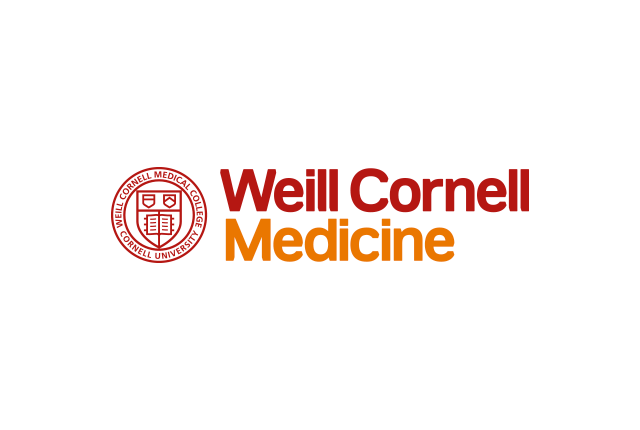In the 1970s the concept of problem-based learning — an instructional strategy focusing on collaborative problem-solving rather than traditional instructor lecturing — revolutionized the teaching of medicine in the United States. Many medical schools, Weill Cornell Medical College included, have since incorporated problem-based learning into its curricula.
The next significant development in medical education — according to Dr. Dan Hunt, who spoke recently at the David Rogers Health Policy Colloquium — is going to be an integrated third year. Dr. Hunt, who received his M.D. from Weill Cornell in 1973, is the co-secretary for the Liaison Committee on Medical Education and a vice president in the Division of Medical Education at the Association of Medical Colleges
Throughout the course of his lecture, entitled "U.S. Physician World Force: Expanding Enrollment, New Schools and New Careers in Medical Education," Dr. Hunt expounded on the current state of medical school expansion and what innovations might drastically shift the direction and focus of medical education.
In what could be a natural extension of the problem-based learning method, Dr. Hunt predicted that an integrated third year of medical school, where students live among the patients and communities they are treating and learn the clinical aspects of medicine through those everyday interactions, would become an acceptable third-year model, especially at schools that attempt to address health care provider shortages in rural communities.
A standard third year, consisting of clerkships in block rotations and ever-changing residents and attendings, tends to leave the student with the sense that the patients they meet are examples of diseases, said Dr. Hunt. Whereas with the greater patient continuity and repetitive patient contact available in the year-long experience, students begin to see patients as people who have diseases, he said.
"If people are going to practice there, they have to be there, they have to live there," he said.
Dr. Hunt, who also served as the founding vice dean for the Northern Ontario School of Medicine in Canada, said an integrated third year is absolutely vital when it comes to not only treating patients in underserved regions — such as the 28 aboriginal communities in northern Ontario — but also training doctors who will continue to practice in rural communities.
The Ontario School of Medicine's approach, for example, places two students in each of these aboriginal communities for one month during the first year. Then in the second year, they spend two different one-month blocks in road-access communities whose populations include fewer than 5,000 people. During the third year, all students do their clinical year in cities, and in the final year, they come back to the two main campuses to experience the tertiary-care hospital.
"I don't want you in the clinic treating an elderly woman as she is prepared to be flown out for her diabetes treatment," Dr. Hunt said. "I want you in the home with her and her family understanding what it is like to be in her situation."
There are approximately 16 medical schools around the world that offer the integrated third-year experience, and despite a relatively small sample size, the early evidence from the integrated third-year model is very encouraging. Students rate the experience higher than block rotations and generally score as well or better on clinical skills tests.
"They are getting to work with their attending for a full year, which gives them much better feedback," Dr. Hunt said.

